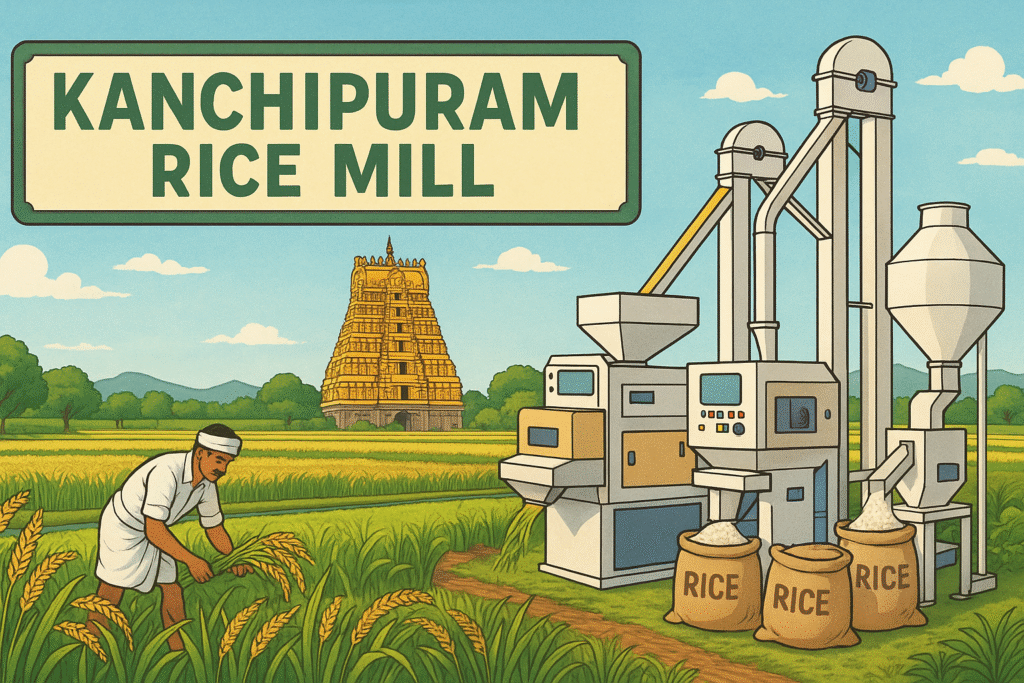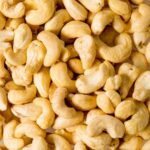“Inside the Pillars of Progress: Navigating the Intricacies of Pharmaceutical Plant Operations”

In the realm of modern medicine, pharmaceutical plants stand as the crucibles where science, innovation, and precision converge to produce the life-saving treatments and therapies that touch the lives of millions. These sprawling facilities, with their cutting-edge technology and rigorous protocols, are the beating heart of the pharmaceutical industry. From the initial spark of research and development to the meticulous crafting of final formulations, every step in the journey of drug discovery and production takes place within the controlled environments of these plants.
In this comprehensive exploration, we embark on a journey behind the scenes of pharmaceutical plants, shedding light on the intricate processes and operations that drive this vital sector. These facilities, often sprawling complexes housing a multitude of laboratories, production lines, and quality control hubs, function as engines of progress, relentlessly pushing the boundaries of medical science and engineering.
From the careful selection of raw materials to the precision engineering of state-of-the-art equipment, the orchestration of each stage is critical to ensuring that pharmaceutical products meet the highest standards of quality, safety, and efficacy. Delving into the core functions of research, development, manufacturing, quality control, and compliance, we unravel the tapestry of operations that culminate in the production of medications that impact lives on a global scale.
Just as a symphony requires each instrument to play its part harmoniously, pharmaceutical plants rely on the synchronization of diverse departments and teams. Research scientists delve into the realms of molecular structures, uncovering potential drug candidates that could revolutionize patient care. Engineers meticulously design production processes that transform these candidates into tangible, patient-ready forms, while quality control experts rigorously assess every aspect of the product to guarantee its integrity.
Furthermore, we explore the critical role of regulatory compliance, as pharmaceutical plants navigate a labyrinth of guidelines and standards set forth by regulatory agencies to ensure that products are safe, effective, and free from contaminants. The quest for precision extends to supply chain management, where the procurement of raw materials, distribution of finished products, and vigilant inventory control form a web of interdependence that underpins the pharmaceutical industry’s resilience.
As we embark on this comprehensive journey through the inner workings of pharmaceutical plants, we gain a deeper appreciation for the dedication, innovation, and collaborative spirit that fuel these operations. From the research laboratories where the seeds of innovation are sown to the bustling manufacturing floors where these ideas take shape, each facet of the pharmaceutical plant’s operation is a testament to human ingenuity and a commitment to advancing healthcare for the betterment of society.
Join us as we uncover the complexities, challenges, and triumphs that define pharmaceutical plant processes and operations. This exploration not only sheds light on the remarkable feats of science and engineering but also highlights the profound impact that these facilities have on the health and well-being of individuals around the world.
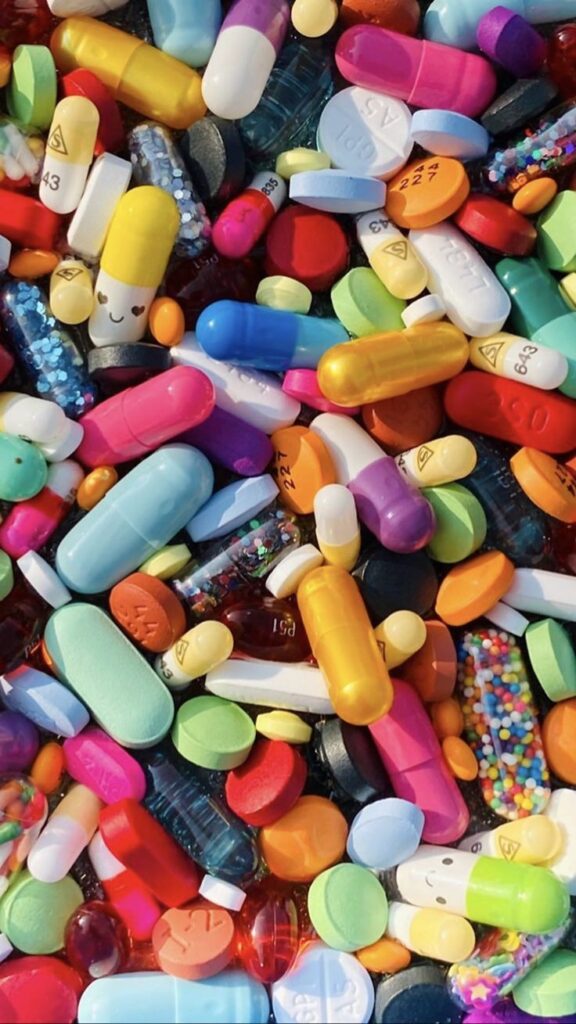
The operations within a pharmaceutical plant are complex and involve a series of processes that ensure the safe, efficient, and compliant production of pharmaceutical products. Here’s an overview of the key processes and operations typically involved in a pharmaceutical plant:
1. Research and Development (R&D):
– Initial drug discovery and identification of potential drug candidates.
– Pre-clinical testing to assess safety, efficacy, and potential side effects.
– Clinical trials involving human subjects to evaluate drug effectiveness and safety.
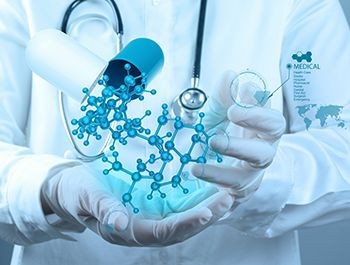
2. Formulation Development:
– Designing the optimal composition and dosage form of the drug (tablets, capsules, injectables, etc.).
– Developing the drug’s formulation to ensure stability, bioavailability, and patient acceptability.
3. Manufacturing:
– Synthesis of active pharmaceutical ingredients (APIs) or procurement of APIs from suppliers.
– Blending, granulation, and other processes to create the final drug formulation.
– Sterilization of equipment and materials to maintain product purity.
– Filling, packaging, and labeling of finished products.
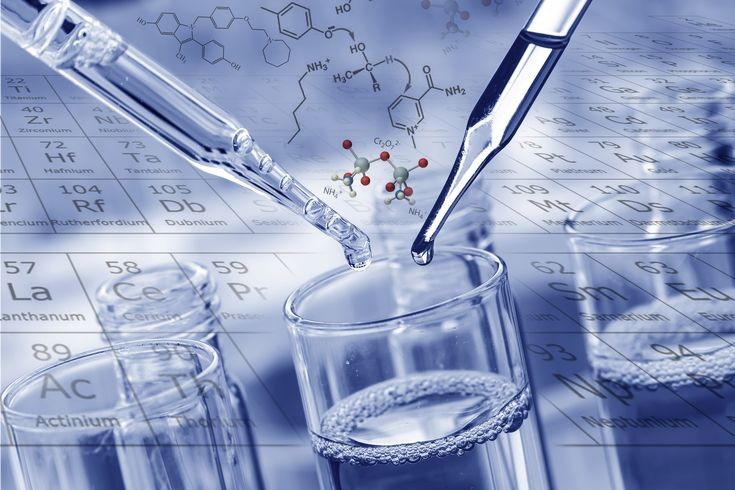
4. Quality Control and Assurance:
– Testing raw materials, APIs, and finished products for identity, purity, potency, and safety.
– Monitoring and ensuring compliance with Good Manufacturing Practices (GMP) and regulatory standards.
– Conducting stability studies to assess product shelf life and quality over time.
5. Supply Chain Management:
– Procurement of raw materials, packaging components, and equipment.
– Inventory management to ensure an uninterrupted supply of materials.
– Distribution of finished products to wholesalers, distributors, and healthcare providers.
6. Regulatory Compliance:
– Preparing and submitting regulatory filings for drug approvals and marketing authorizations.
– Collaborating with regulatory agencies to ensure compliance with local and international regulations.
7. Environmental Health and Safety (EHS):
– Implementing safety protocols to protect employees and the environment from potential hazards.
– Proper disposal of waste materials, including hazardous waste, in compliance with regulations.
8. Research and Analytical Laboratories:
– Conducting research to improve existing products, develop new formulations, and optimize manufacturing processes.
– Analyzing samples to ensure quality, purity, and potency of raw materials and finished products.
9. Engineering and Maintenance:
– Maintaining equipment and facilities to ensure optimal performance and prevent disruptions.
– Implementing engineering controls and automation to improve efficiency and minimize human error.
10. Continuous Improvement and Training:
– Identifying areas for process optimization and implementing best practices.
– Providing ongoing training to employees to ensure they are knowledgeable about current processes and safety protocols.
It’s important to note that the specific processes and operations can vary based on the type of pharmaceutical plant (e.g., API manufacturing, solid dosage forms, biopharmaceuticals) and the regulatory requirements of the region in which the plant operates. The overall goal of these processes and operations is to produce safe, effective, and high-quality pharmaceutical products that contribute to improved patient health and well-being.



